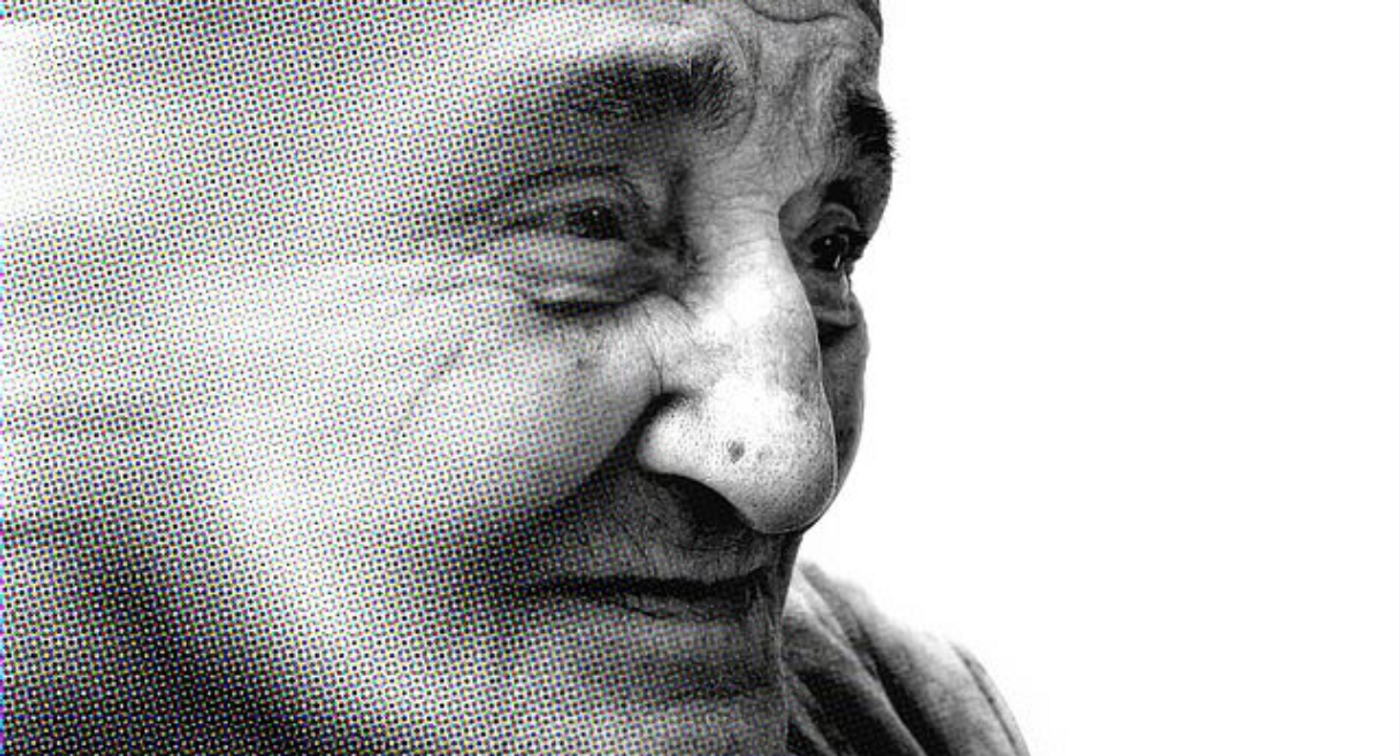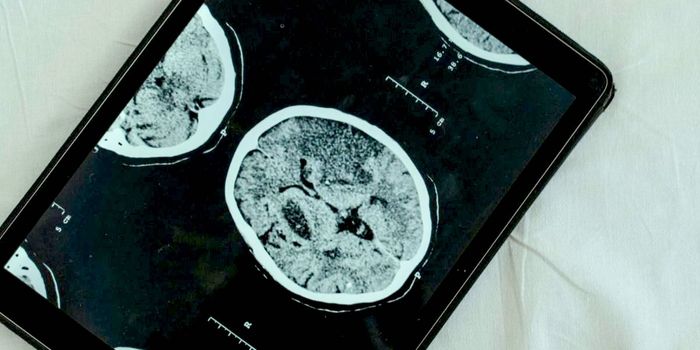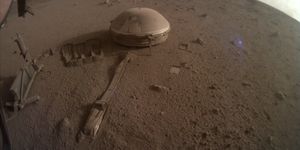Two New Ways to Detect Alzheimer's From Blood Samples
Right now, there are no blood tests that can reliably diagnose Alzheimer's disease on their own. Most people only get diagnosed with the neurodegenerative disorder after symptoms like memory loss arise, or expensive neuroimaging tests are done. There are few treatment options, and these can only be applied long after the disease has started progressing. But hallmarks of the disorder, such as clumps and tangles of misfolded proteins, are known to appear long before symptoms start. Now, two different studies have outlined biomarkers that could be used to create blood tests for Alzheimer's or neurodegeneration.
Reporting in the journal Brain, scientists have showed that a biomarker called BD-tau (brain-derived tau) can detect the neurodegeneration that accompanies Alzheimer's.
There are diagnostic guidelines for Alzheimer's called the AT(N) Framework, created by the National Institute on Aging and the Alzheimer's Association in 2011; they call for imaging or cerebrospinal fluid (CSF) tests that detect three features of the disorder: amyloid plaques, tau tangles, and neurodegeneration. Accessibility to these tests is a serious challenge for many patients, however, noted senior study author Thomas Karikari, Ph.D., assistant professor of psychiatry at Pitt.
Studies have shown that measuring tau levels in the blood is not particularly informative for an Alzheimer's diagnosis. So the researchers created a test that could detect BD-tau specifically, while ignoring the tau that is generated by cells outside of the brain.
The work showed that BD-tau levels could be specifically identified, and they corresponded to tau levels in CSF. The test was validated with samples from people with dementia, Alzheimer's, and others. BD-tau levels were also found to correlate with the severity of misfolded proteins in the brain, which was determined by autopsy. Further validation work is now planned, which will include patients from diverse backgrounds.
An unrelated study has shown that levels of amyloid beta oligomers, which are associated with Alzheimer's, can be detected in blood samples. A new test called SOBA was shown to identify these oligomers in patients with Alzheimer's disease, while they were mostly absent from those who had no cognitive impairment. The findings have been reported in the Proceedings of the National Academy of Sciences (PNAS).
The test did reveal the presence of oligomers in eleven individuals in the trial who had not been diagnosed with any cognitive impairment. When the researchers followed up with ten of those volunteers later on, they found that mild cognitive impairment that is indicative of the onset of Alzheimer's disease had occurred in those people. So basically, SOBA correctly identified the dementia patients, and also identified the people who had not yet exhibited symptoms but would go on to be diagnosed with neurodegeneration later.
"What clinicians and researchers have wanted is a reliable diagnostic test for Alzheimer's disease, and not just an assay that confirms a diagnosis of Alzheimer's, but one that can also detect signs of the disease before cognitive impairment happens," said senior study author Professor Valerie Daggett of the University of Washington.
SOBA, oe soluble oligomer binding assay, uses a feature of oligomers against them. Misfolded amyloids clump into oligomers, and form a structure called an alpha sheet. Alpha sheets apparently like to bind to other alpha sheets. SOBA contains a synthetic alpha sheet that binds to oligomers in blood or CSF.
Toxic oligomers are also a feature of other diseases including Parkinson's disease and Lewy body dementia. "SOBA is picking up that unique alpha sheet structure, so we hope that this method can help in diagnosing and studying many other 'protein misfolding' diseases," added Daggett.
Sources: University of Pittsburgh, University of Washington, PNAS, Brain









